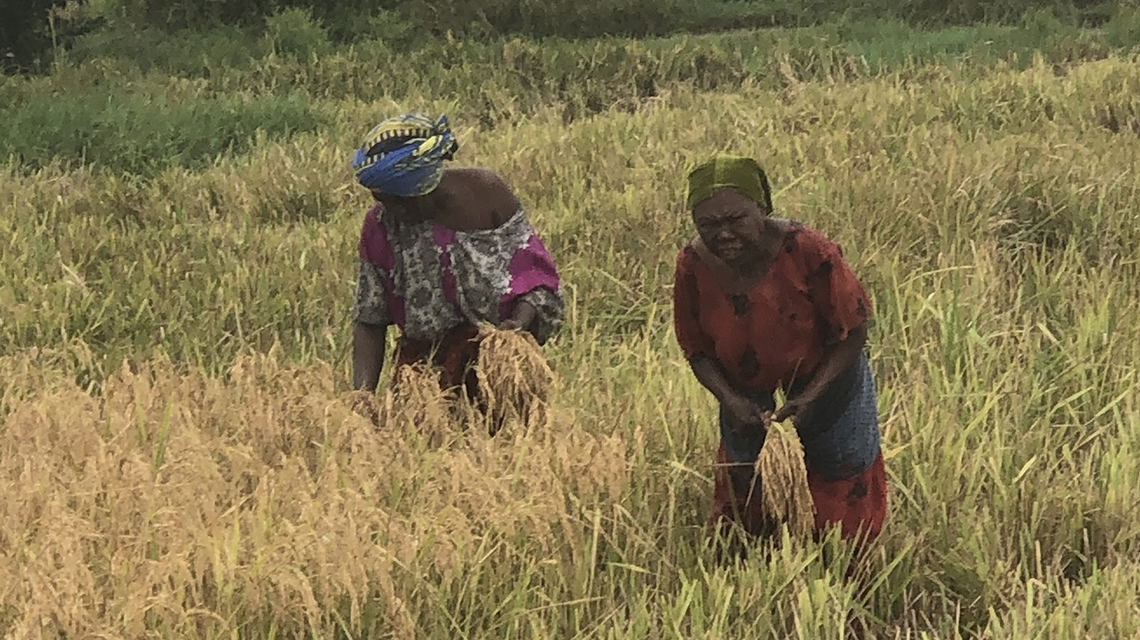Cheju, Zanzibar – With one of the fastest growing populations in Africa and a surge in tourism, Zanzibar needs more rice, and its farmers and authorities are turning to nuclear techniques for help.
Currently, around 70% of the rice consumed in this semi-autonomous region of Tanzania is imported, a ratio the Government would like to halve in coming years. It is working on a project in partnership with the World Bank to increase local rice production and self-sufficiency, and save the hard currency currently spent on importing rice, said Mansoora Kassim, Deputy Principal Secretary at Zanzibar’s Ministry of Agriculture, Natural Resources, Livestock and Fisheries. Rice accounts for a fifth of the territory’s imports.
Farmers involved in this greenfield rice production project have selected the variety SUPA BC, developed using nuclear techniques, with the support of the IAEA in partnership with the Food and Agriculture Organization of the United Nations (FAO).
Mutation induced by irradiation speeds up natural changes in the genetic make-up of crops, so scientists can select improved plant lines with desired traits such as higher yields and eventually identify the best. They then use conventional techniques to multiply the seeds of plant lines with favorable traits, test them and eventually release them as varieties to farmers.








